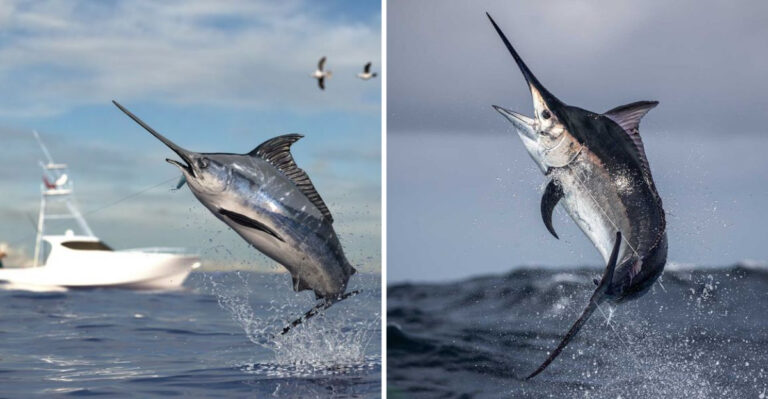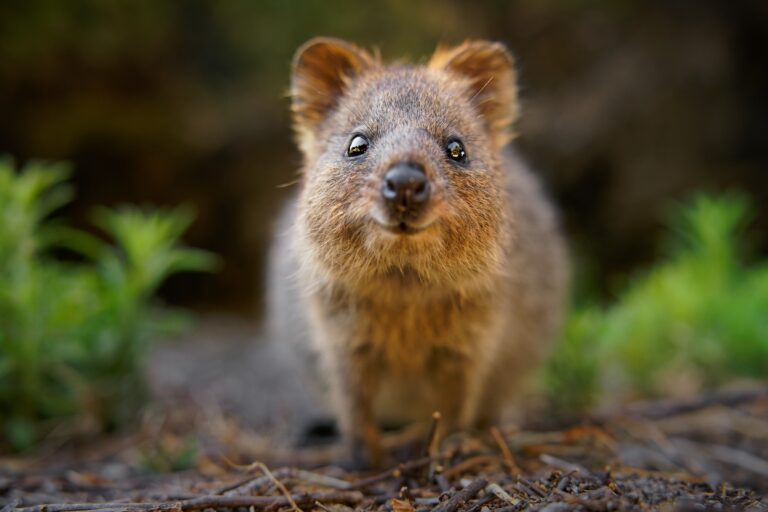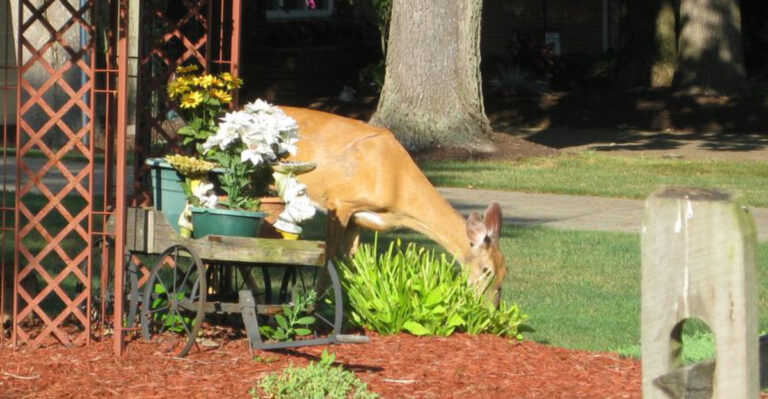Fossil Evidence Confirms Long-Necked Dinosaurs Were Plant Eaters
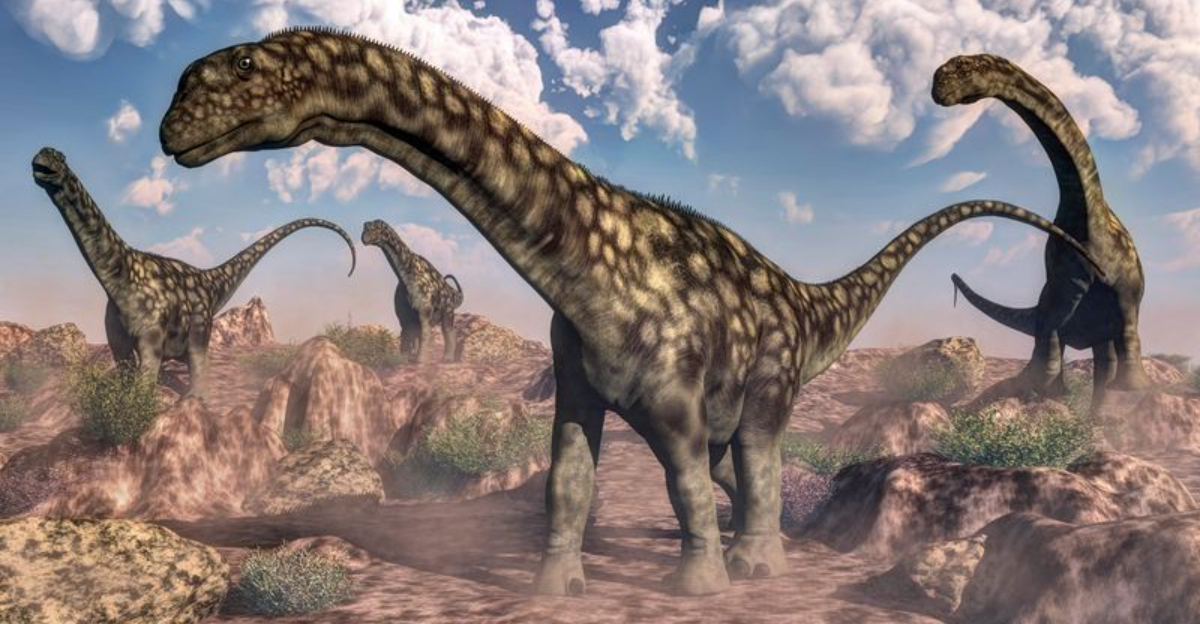
Ever wondered what those massive long-necked dinosaurs actually ate? Scientists have debated this question for years, but recent fossil discoveries have provided compelling evidence.
These gentle giants, known as sauropods, were once thought to possibly be meat-eaters by some researchers, but the fossil record now tells a different story.
1. Fossilized Plants Found Inside Sauropod
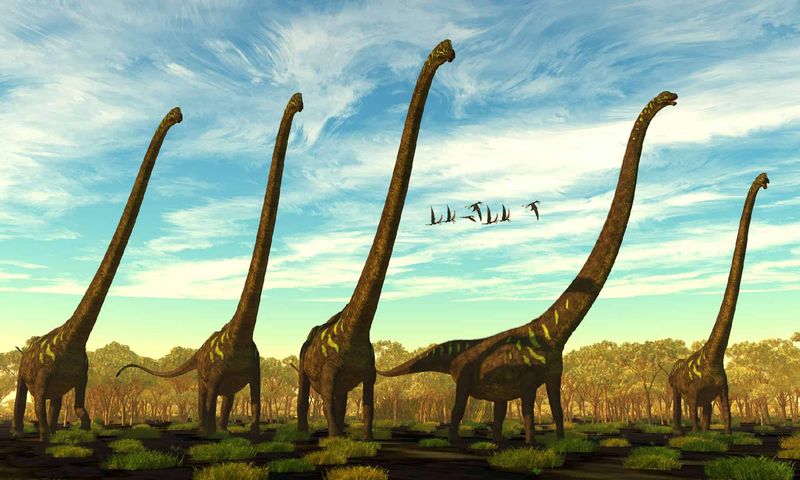
Imagine finding a 150-million-year-old dinosaur’s last meal! Paleontologists discovered actual plant material preserved inside sauropod fossil remains.
These plant fragments included ferns, conifers, and cycads that hadn’t fully digested before the animal died. This smoking-gun evidence directly confirms their herbivorous diet.
2. Direct Evidence Of Dinosaur Diet Unearthed

Coprolites – fossilized dino poop – tell an amazing dietary story! These prehistoric bathroom remnants contain crushed plant matter but zero animal bones.
Scientists analyze these time capsules using specialized microscopes to identify specific plant tissues. The absence of animal remains in hundreds of examined sauropod coprolites strongly supports their herbivorous lifestyle.
3. Study Confirms Long-Necked Dinosaurs Ate Plants

Those famous long necks weren’t just for show! Recent studies prove they evolved specifically for browsing tall trees and reaching high vegetation.
Sauropods could access food sources 40-50 feet above ground, avoiding competition with smaller plant-eaters. Their neck vertebrae had special air pockets making them lightweight yet strong – perfect for plant-gathering, not hunting.
4. Sauropod Teeth Built For Eating Greens

Unlike the serrated, knife-like teeth of meat-eaters, sauropod teeth tell a different tale. Their peg-like or spoon-shaped chompers were perfectly designed for stripping leaves, not tearing flesh.
Wear patterns on fossilized teeth show distinctive scratches that match plant consumption. Plus, these teeth continuously replaced themselves – necessary when constantly grinding tough vegetation.
5. The “Smoking Gun” Inside A Sauropod’s Belly
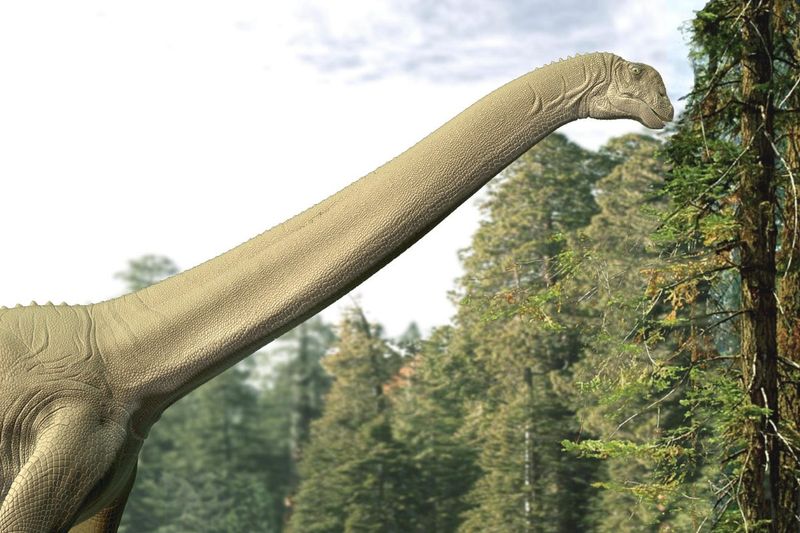
A remarkably preserved Brachiosaurus specimen nicknamed “Leonardo” contained its final meal! The stomach contents revealed hundreds of pine needles and conifer fragments.
Carbon isotope analysis confirmed the plant matter wasn’t accidental – it was deliberately consumed. This rare discovery provides irrefutable proof of what these giants actually ate.
6. New Fossils Reveal Dinosaur Eating Habits
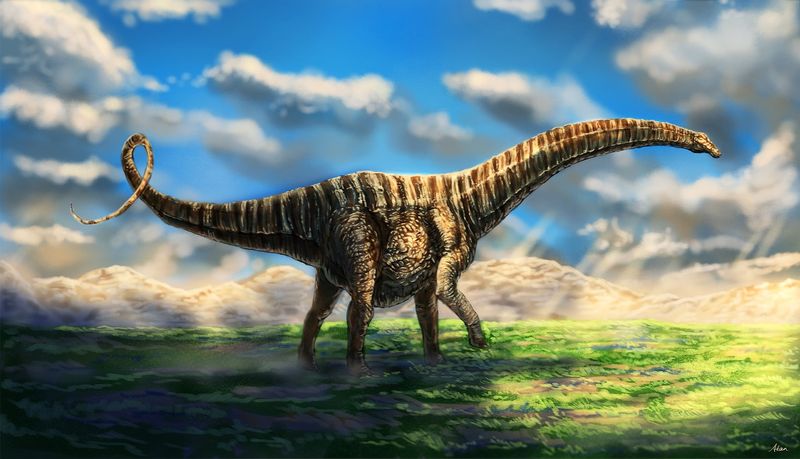
Gastroliths – polished stomach stones – frequently appear with sauropod remains. These smooth rocks helped grind tough plant material in their digestive systems, much like modern birds.
Some sauropod fossils contain hundreds of these stones! The size, quantity, and wear patterns of gastroliths match perfectly with plant processing, not meat digestion.
7. Why Carnivorous Sauropods Were Unlikely
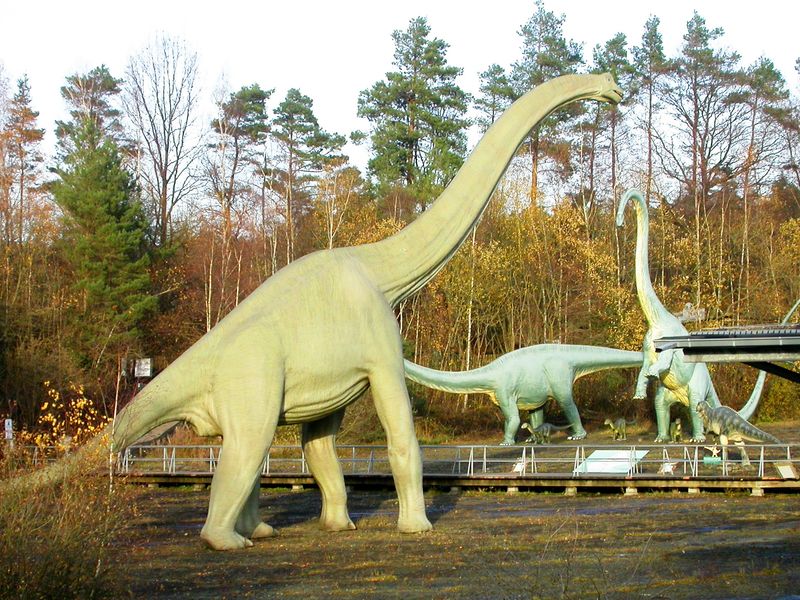
Could you imagine a slow-moving, 80-ton animal chasing prey? The energy math simply doesn’t add up!
Sauropods’ massive bodies required enormous calorie intake that only plant-based diets could efficiently provide. Their physical build – slow movement, no claws, non-predatory teeth – makes meat-eating virtually impossible from an evolutionary standpoint.
8. Paleontologists Uncover Rare Digestive Clues
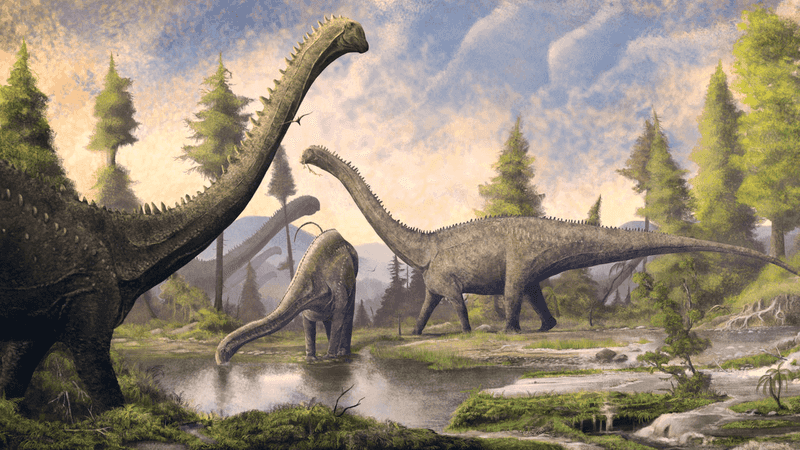
Gut bacteria leave chemical signatures that survive millions of years! Advanced spectroscopy has identified microbial biomarkers in sauropod fossils matching those of modern plant-eaters.
These specialized microbes helped break down cellulose – something meat-eaters don’t need. The complex digestive system required for plant processing is clearly evident in sauropod fossil remains.
9. Sauropod Fossils Offer Dietary Proof
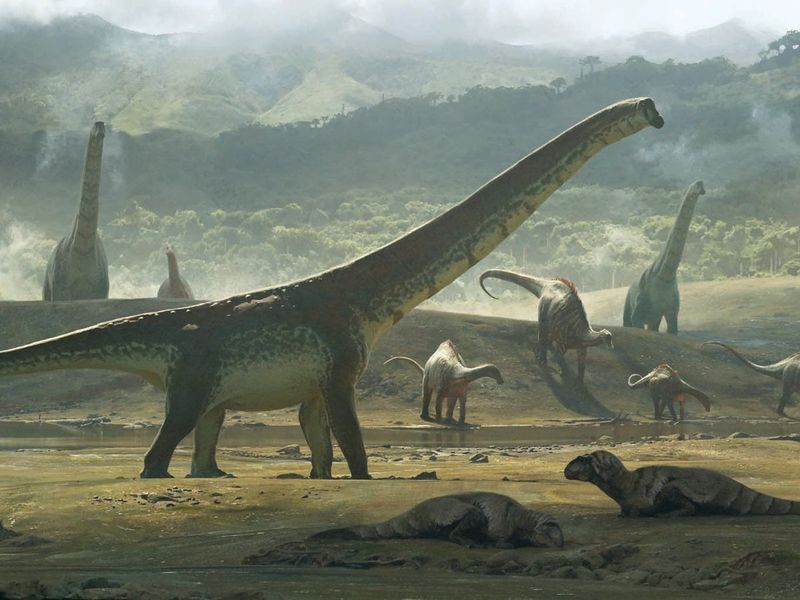
Jaw mechanics tell an unmistakable dietary story! CT scans of sauropod skulls reveal they could only move their jaws up and down – perfect for cropping plants but useless for the side-to-side tearing motion carnivores need.
Their jaw muscles were also relatively weak compared to predators. This biomechanical evidence strongly supports plant-eating behavior.
10. Giant Dinosaurs Relied On Plant-Based Diets
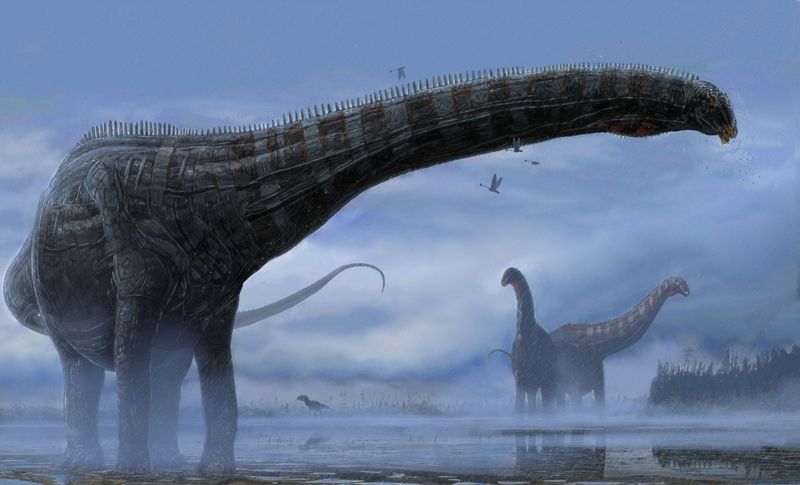
Stable isotope analysis of tooth enamel reveals carbon signatures matching ancient plants! By studying the ratio of carbon-12 to carbon-13 in fossilized teeth, scientists can determine what these animals consumed.
Sauropod isotope profiles consistently match herbivorous patterns, not carnivorous ones. This chemical evidence provides conclusive proof of their plant-based diet.
11. Fossil Find Ends Herbivore Debate
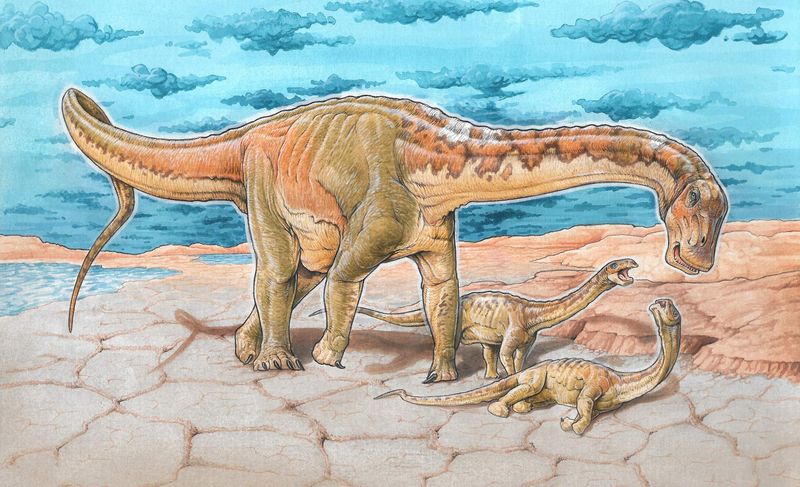
A groundbreaking discovery in Argentina silenced skeptics once and for all! Paleontologists unearthed a nearly complete sauropod with preserved gut contents showing fern fronds, cycad seeds, and conifer branches.
The plant material was partially digested but clearly identifiable. This exceptional preservation provided the definitive evidence that had eluded scientists for decades.
12. Sauropods Survived On Plants Alone
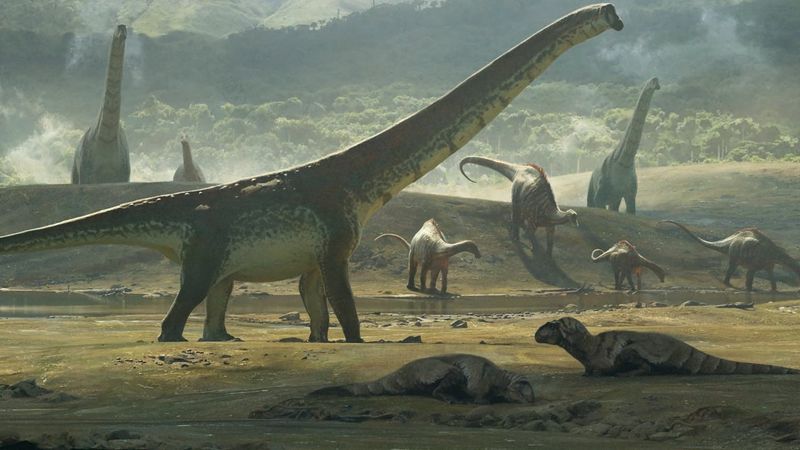
Growth rings in sauropod bones tell a fascinating nutritional story! Like tree rings, these growth markers show seasonal patterns consistent with plant-dependent diets.
The rings reveal rapid growth during abundant plant seasons and slower growth during scarce periods. This cycle matches herbivore patterns, not the steadier growth typically seen in carnivores with more consistent food sources.
13. Teeth And Guts Tell The Same Story
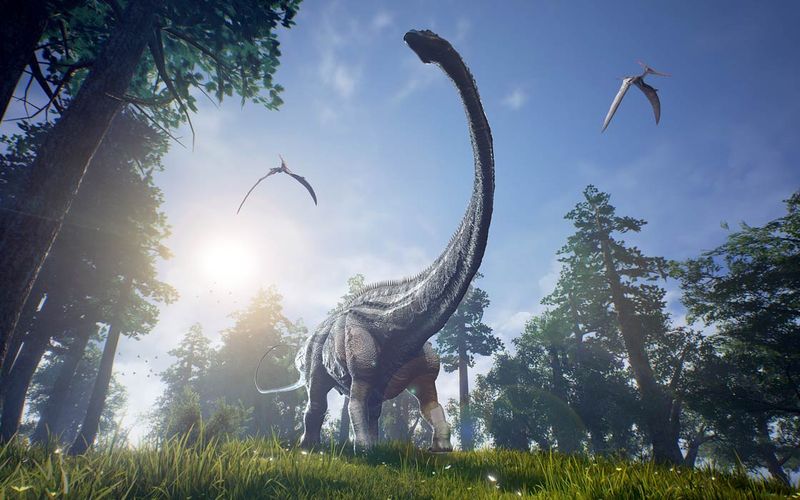
Microscopic tooth wear patterns provide undeniable dietary evidence! Using electron microscopy, scientists identified scratch patterns matching those of modern plant-eaters. These distinctive marks differ dramatically from carnivore tooth wear.
Additionally, reconstructed digestive tract length from fossil evidence suggests sauropods had long, complex intestines – a classic herbivore adaptation for processing fibrous plant material.
14. Ancient Giant’s Last Meal Finally Revealed
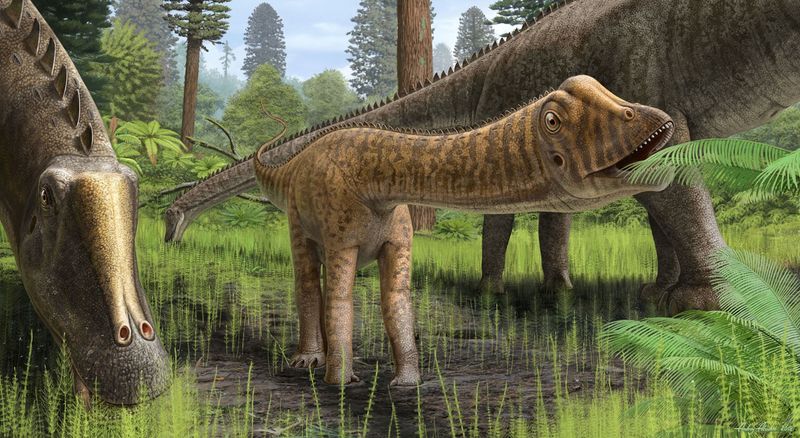
A perfectly preserved juvenile Diplodocus made headlines when scientists found its stomach contents intact! The young sauropod’s final meal consisted of horsetails, ginkgo leaves, and primitive ferns.
Pollen grains embedded in the plant material even identified the season when the dinosaur died. This remarkable fossil provides a direct window into the exact diet of these magnificent creatures.

